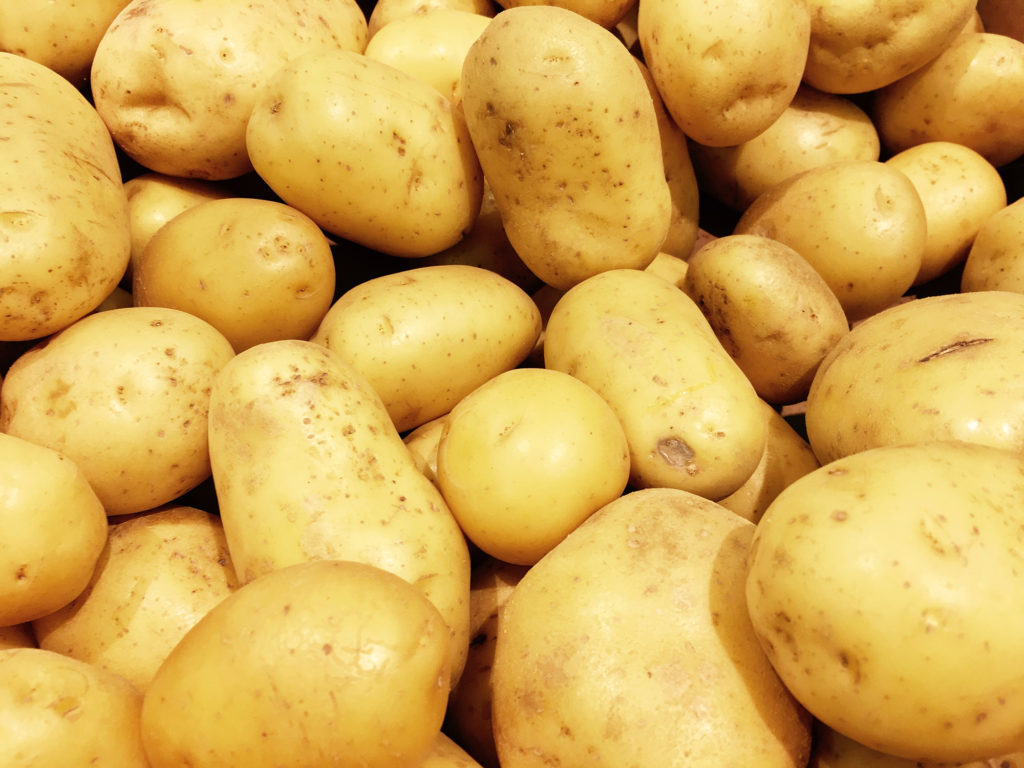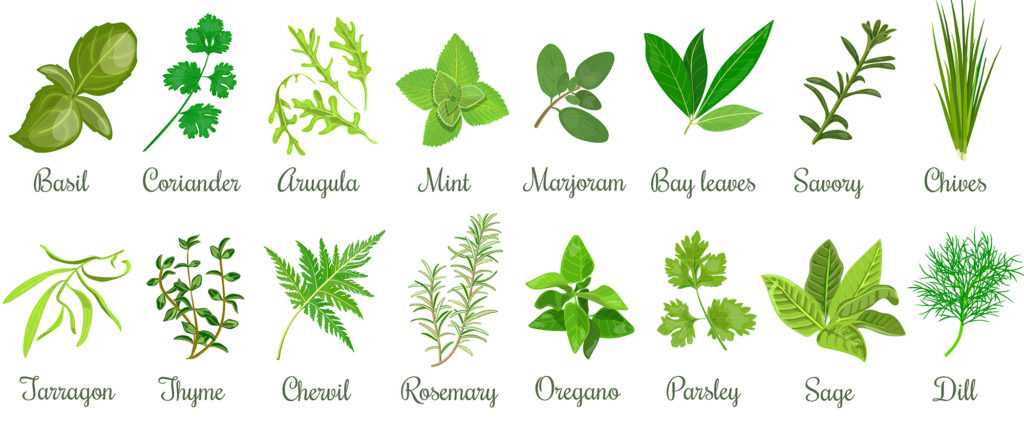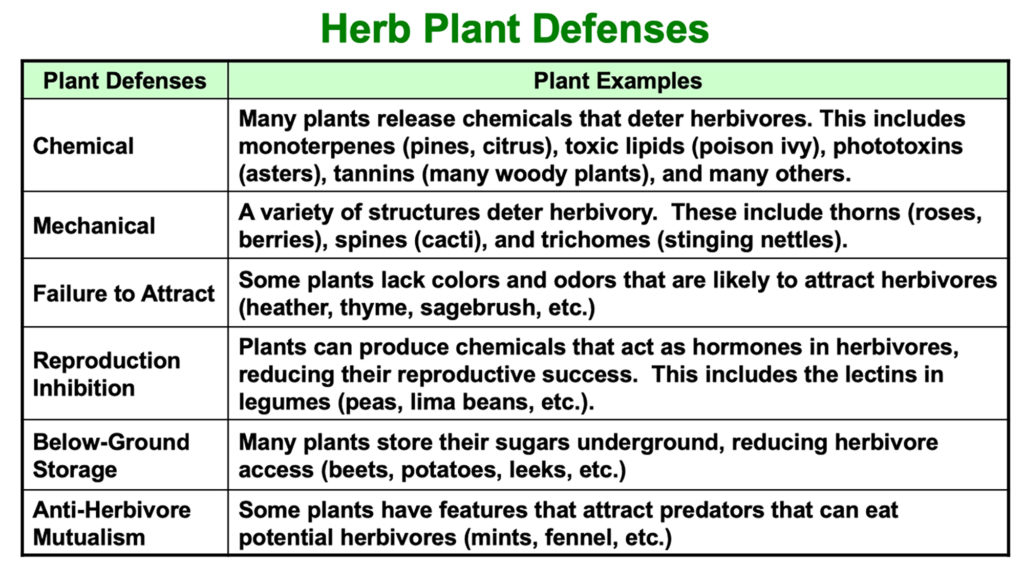
Stems & Roots Structure & Transport


Stems & Roots Objectives:
- Describe the visible and microscopic structures of stems as well as their corresponding functions.
- Identify root structures and explain why re-potting a plant can negatively impact its health.
- Explain how herbs and other plants defend themselves against herbivores.
Often we focus on leaves and pay less attention to stems and even less to roots. It makes sense considering that people mow lawns, rake leaves, and track seasons away from the equator based on leaf changes.
This section explores the significance of stems and roots.
Stem
Stems support plants and transport nutrients. This video provides an overview of stems.
Monocot and dicot stems have different arrangements of vessel bundles. The vessels inside serve the same basic functions.
Here are Corn and alfalfa stems under the microscope. From your knowledge of plant classification and looking at the specimens under the microscope, which is a monocot, and which is a dicot?
Vascular bundles are tissues (groups of cells) with particular functions. What are the oles of phloem and xylem?
Roots
Roots stabilize plants, store sugars, and draw water and nutrients out of soils. This video provides an overview of roots.
Sometimes when you repot or transplant a plant, it doesn’t start growing again for a while afterwards. This video links that phenomenon to the root model.
This poster compares and contrasts monocot and dicot root tissues.
This video combines a model and a microscopic view of a root tip, showing a longitudinal (length-wise) cut and cells undergoing mitosis to produce new cells.
Stem or root? Not all vegetables called “potatoes” are from the same part of plants.

Potatoes are modified stems and sweet potatoes are modified roots of a different species. Generally roots have more nutrients than stems.

Herbs

“Herb” has two meanings. The botanical meaning is a small non-woody plant. The culinary meaning is a plant that is typically used in small quantities to enhance food flavor. It could be a small amount of leaf, stem, root, or seed.
Culinary Herbs are often leaves, but can be other plant structures.

This video discusses how thyme plants use chemicals and small hair-like (trichome) mechanical structures to repel potential pests.

Herbs and other plants have diverse defenses against potential herbivores.
Rosemary is used as a culinary herb and what we perceive as pleasant smell and taste is a repellant to many insect species.
We often get asked questions about using herbs for medicinal purposes. Research funds typically go to treating potentially dangerous diseases, and more limited funding goes towards augmenting health. As a result, many uses of herbs have not been substantiated with human clinical trials.
Plants have specific structures used in reproduction. Both asexual and sexual plant reproduction are shown in the next section.

Check your knowledge. Can you:
- Describe the visible and microscopic structures of stems as well as their corresponding functions?
- Identify root structures and explain why re-potting a plant can negatively impact its health?
- Explain how herbs and other plants defend themselves against herbivores?



